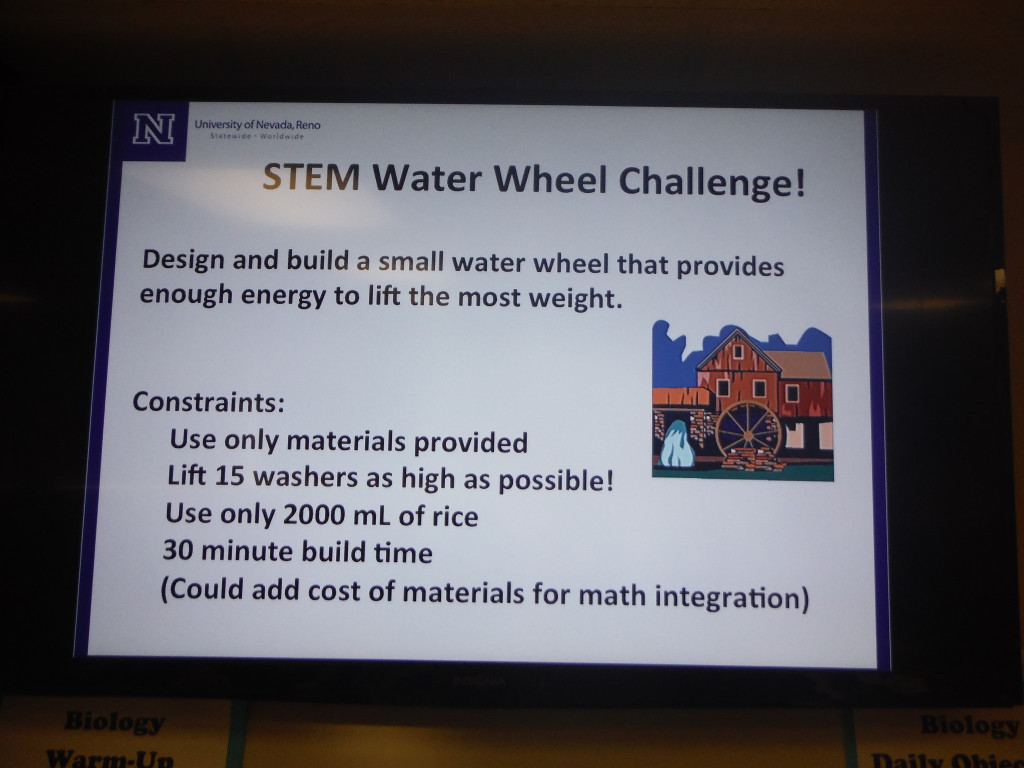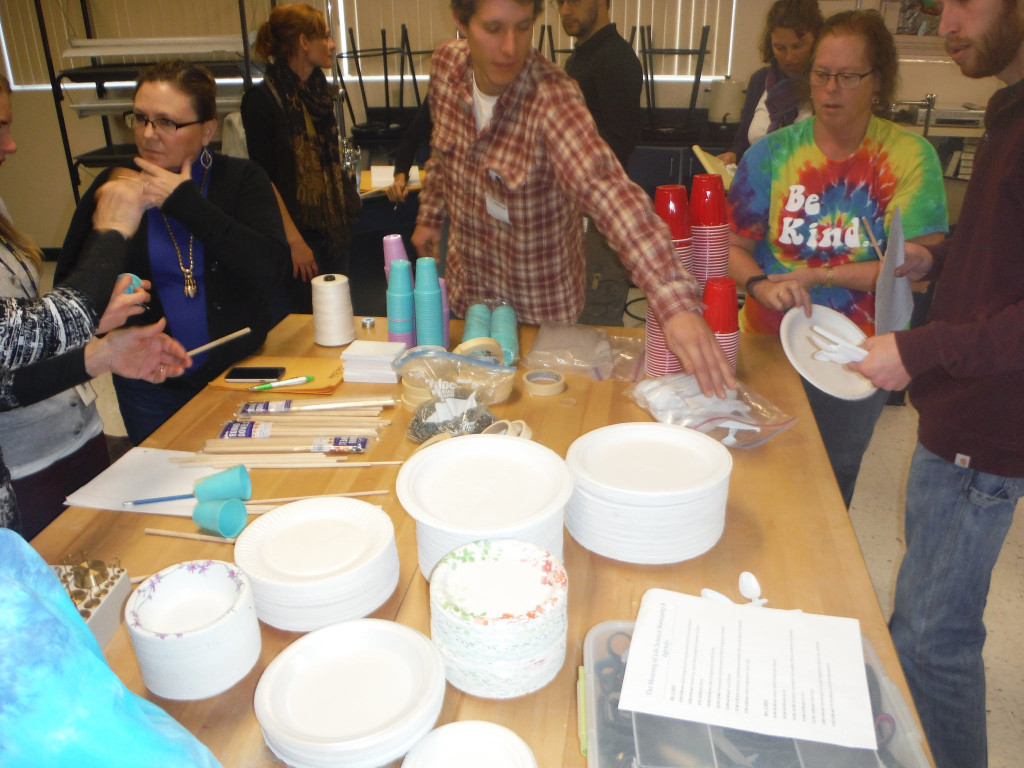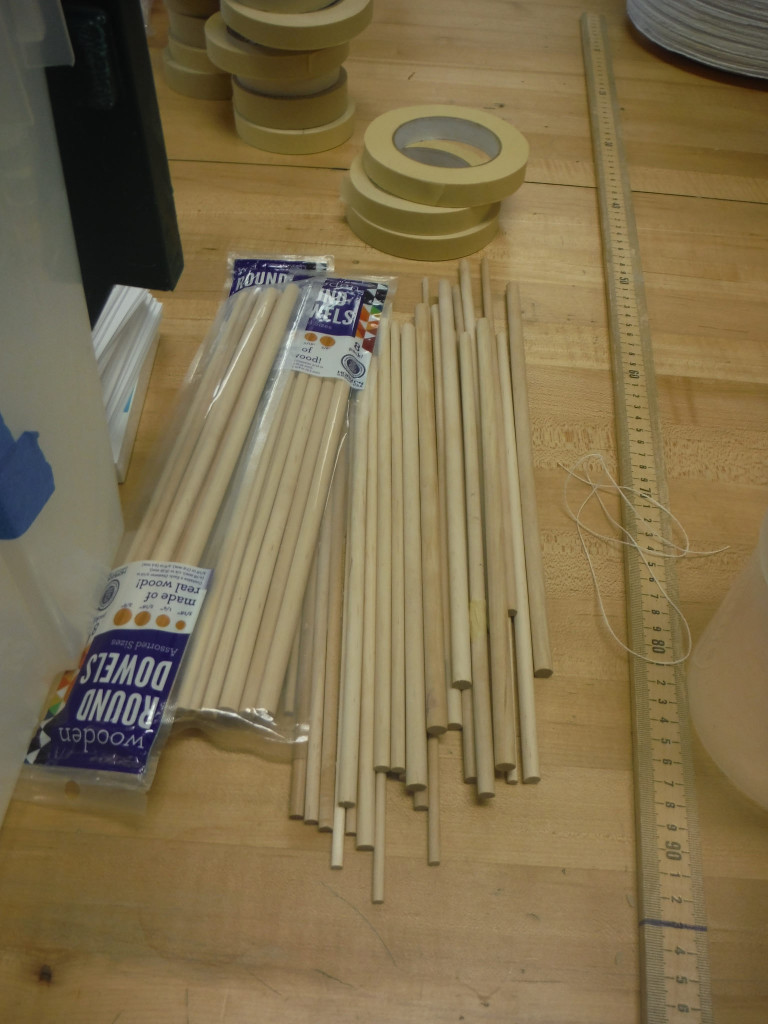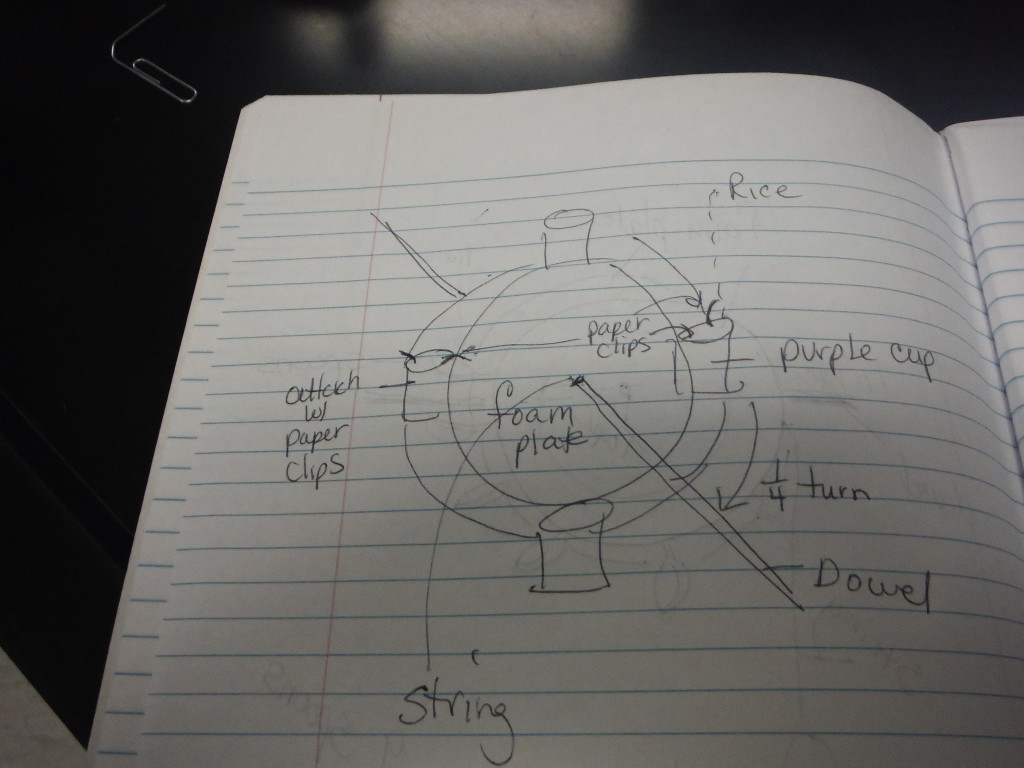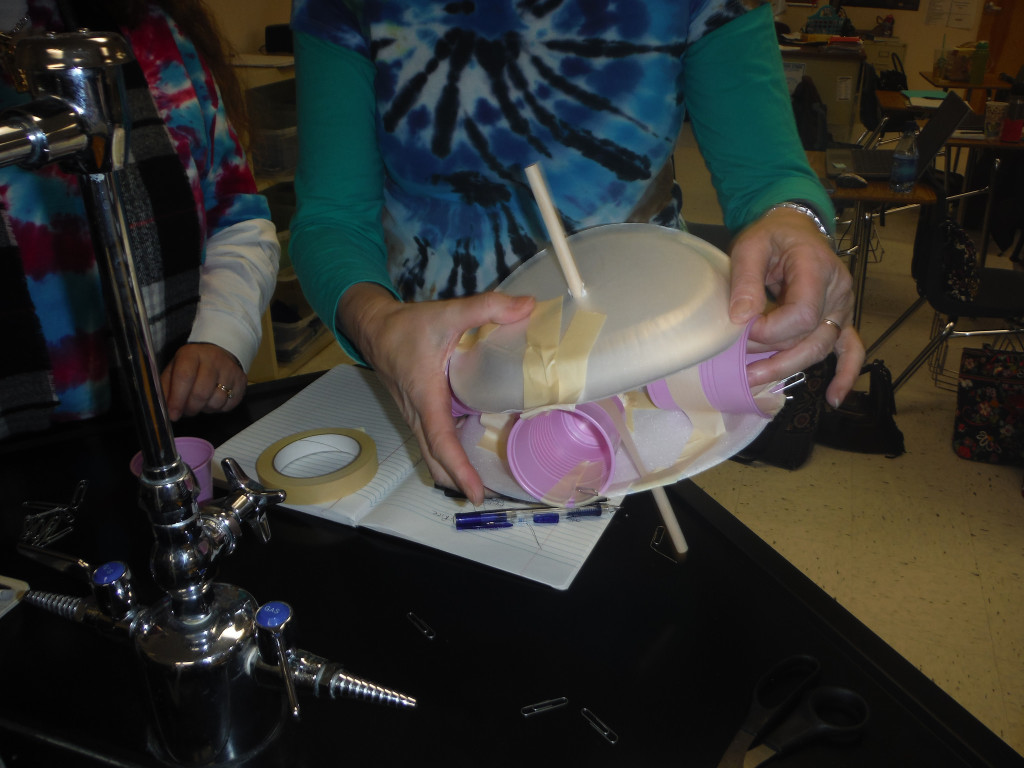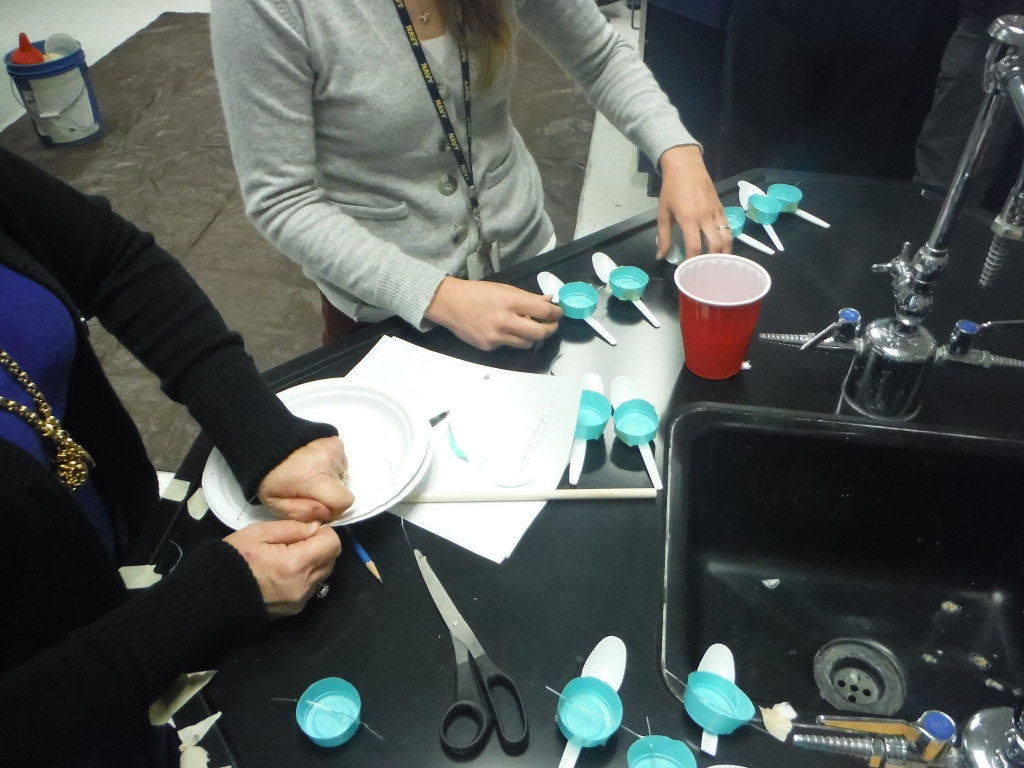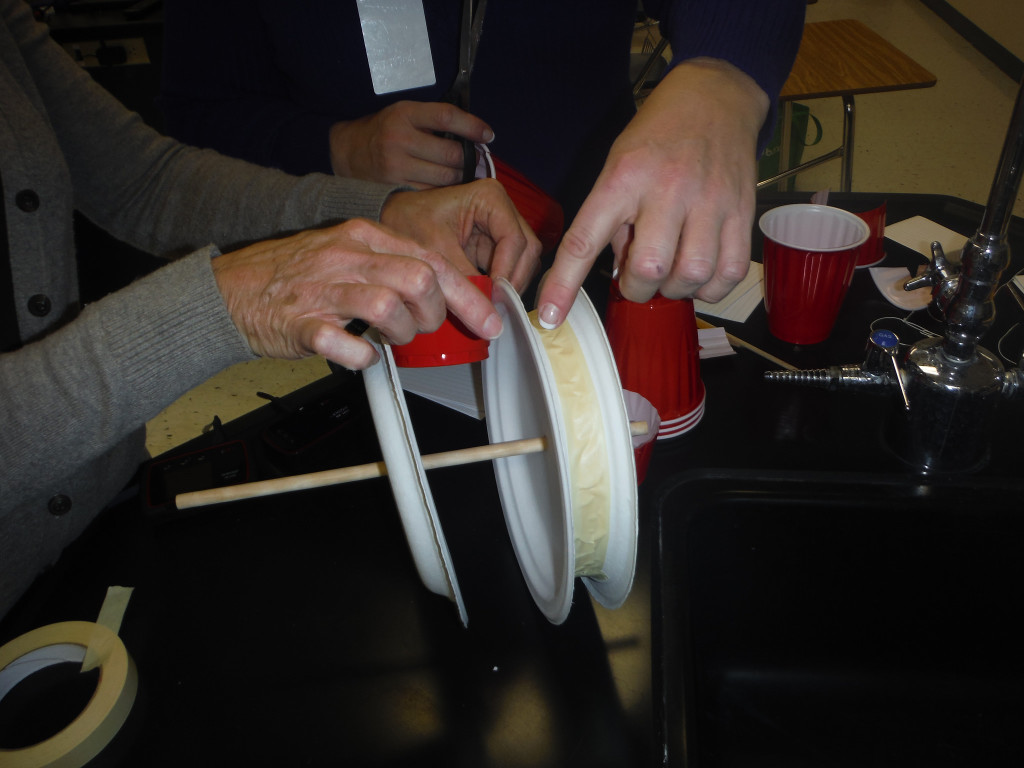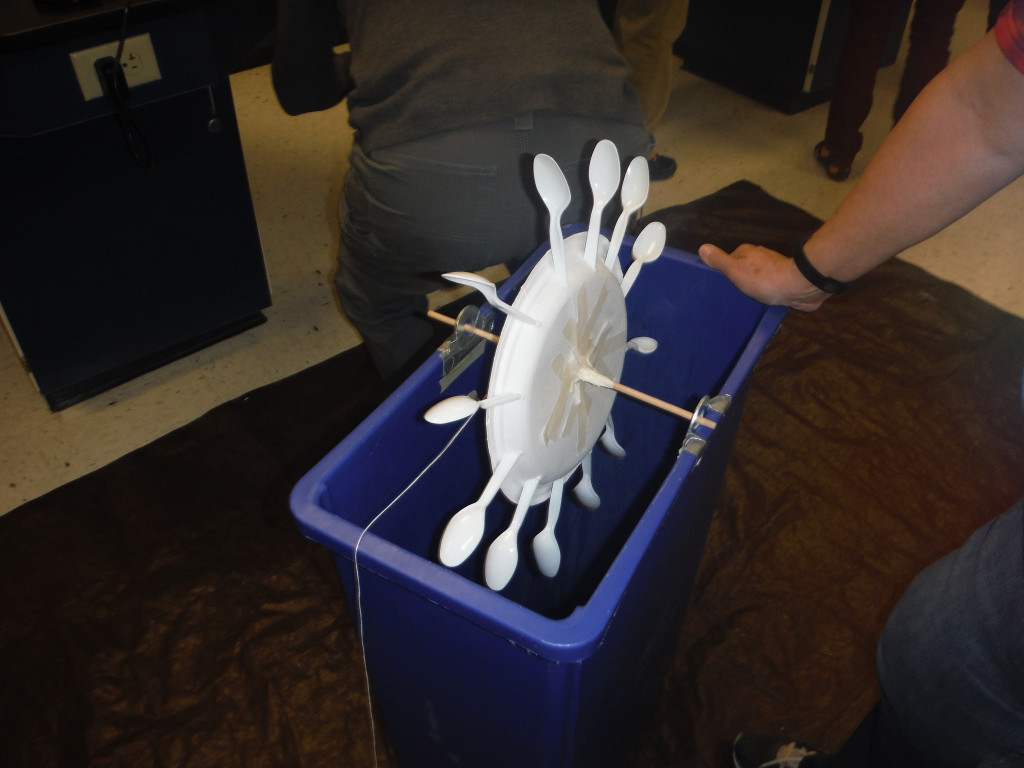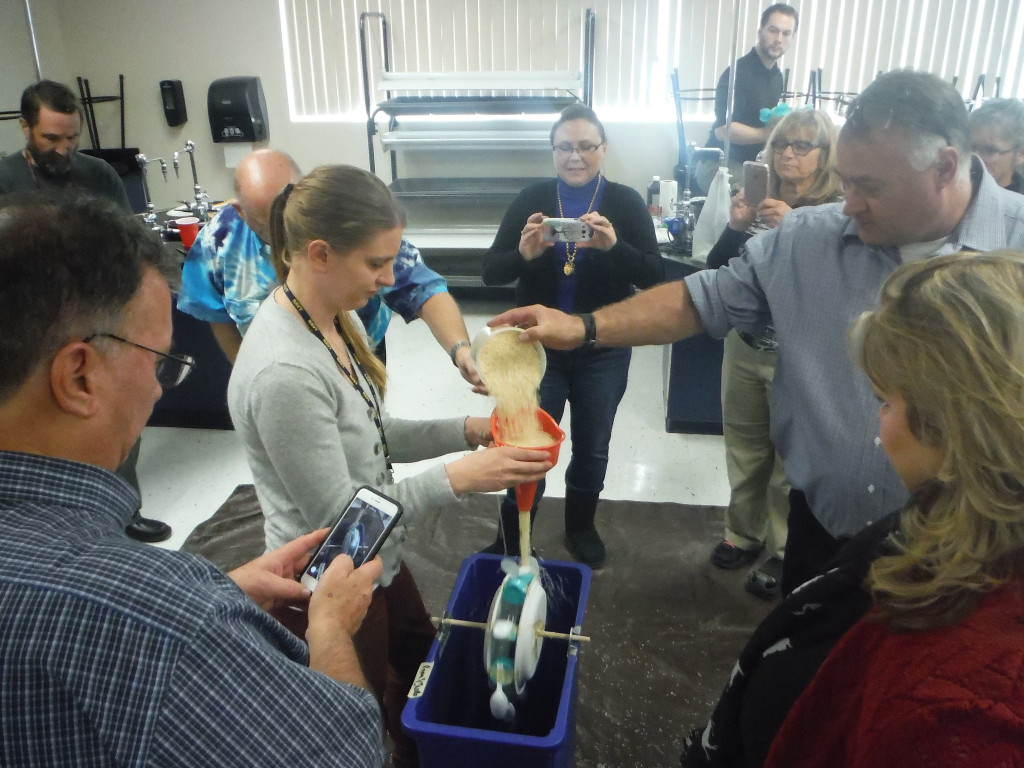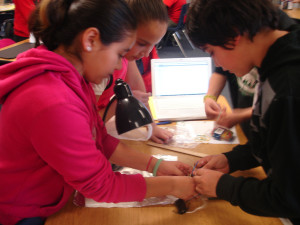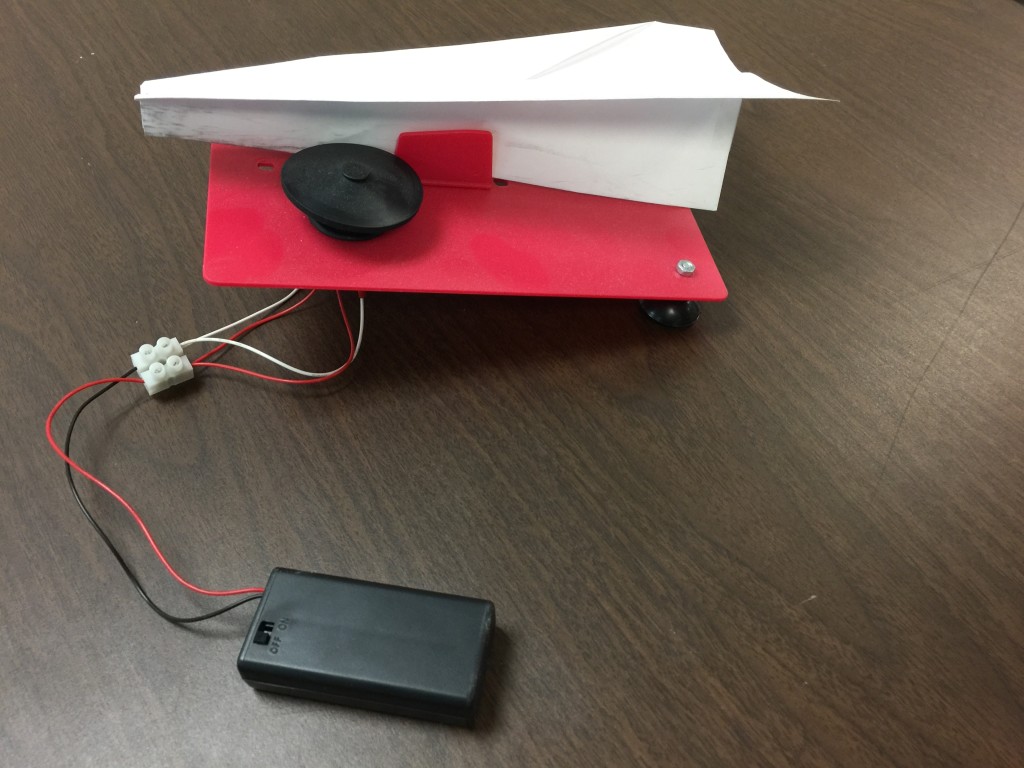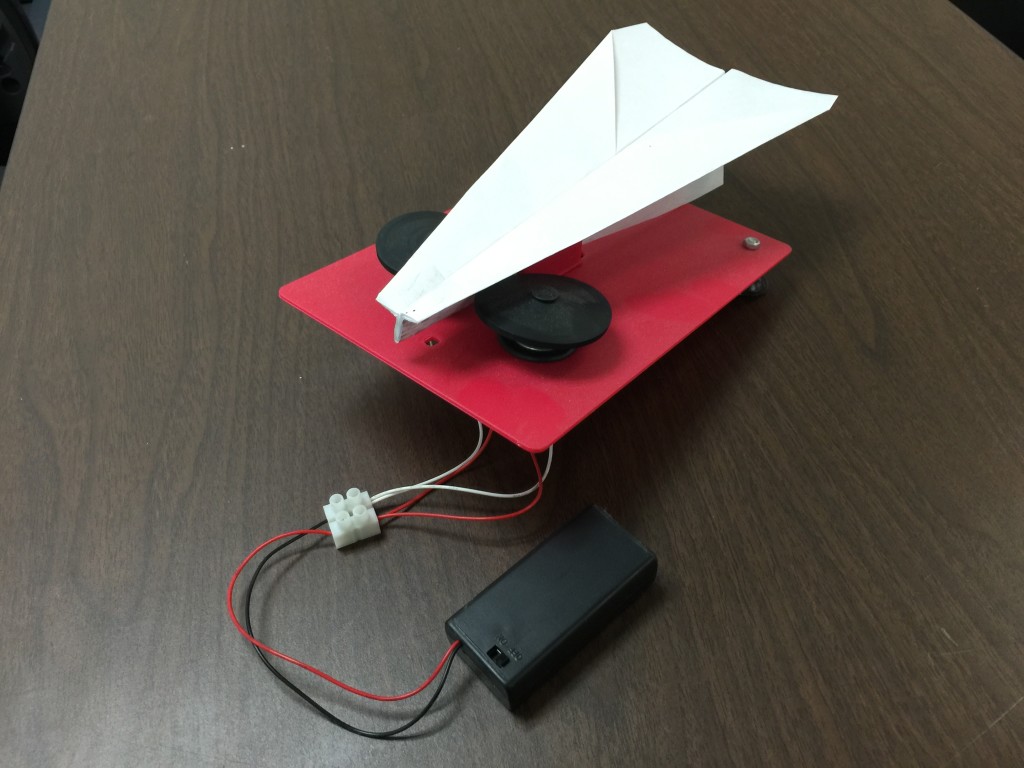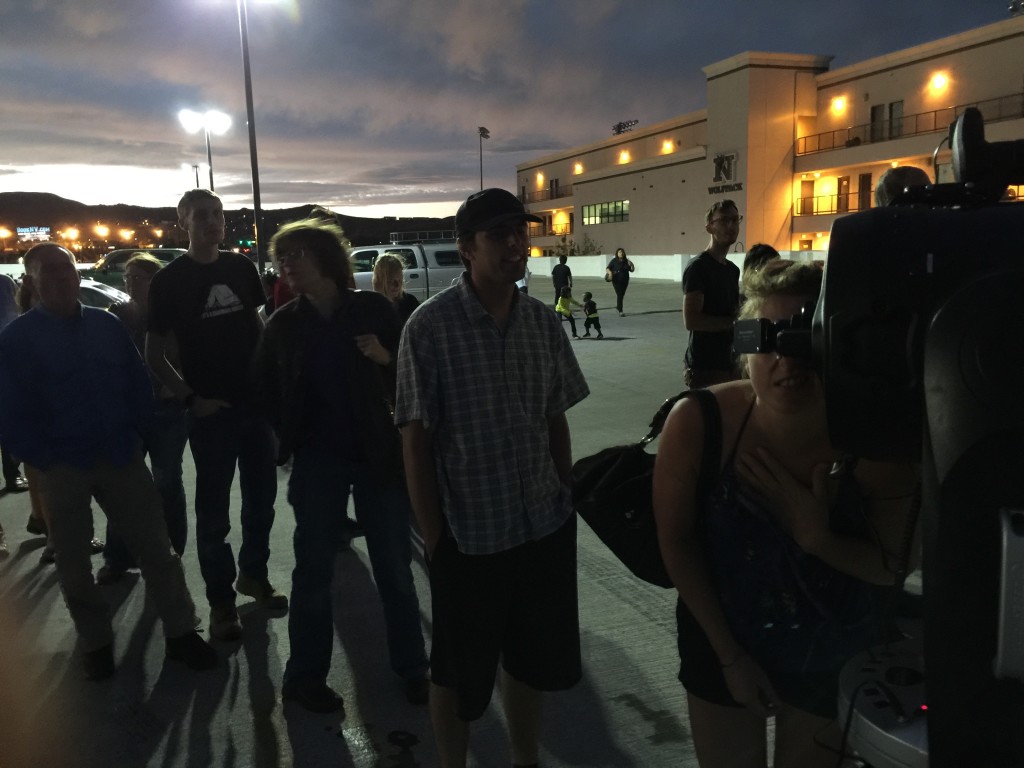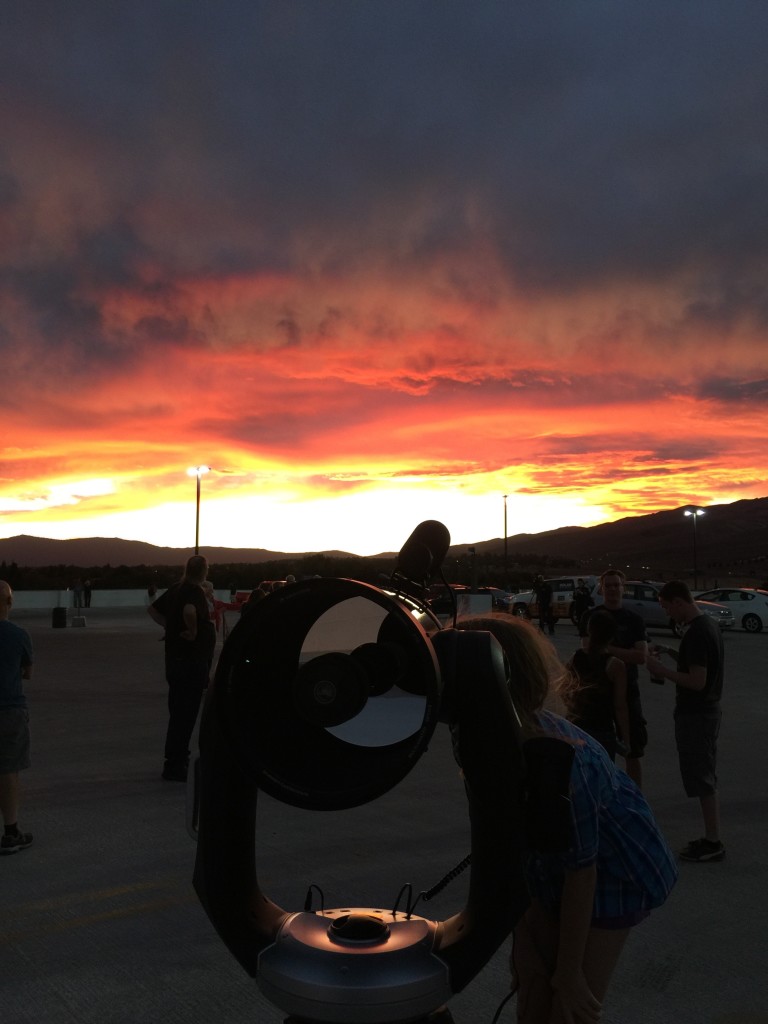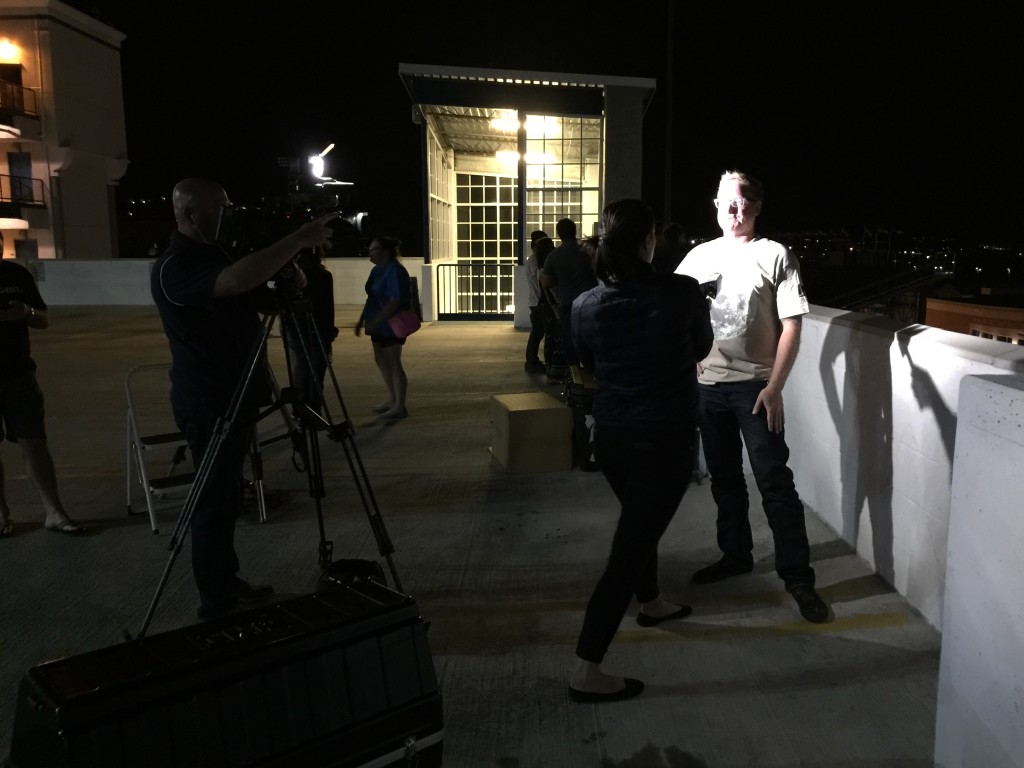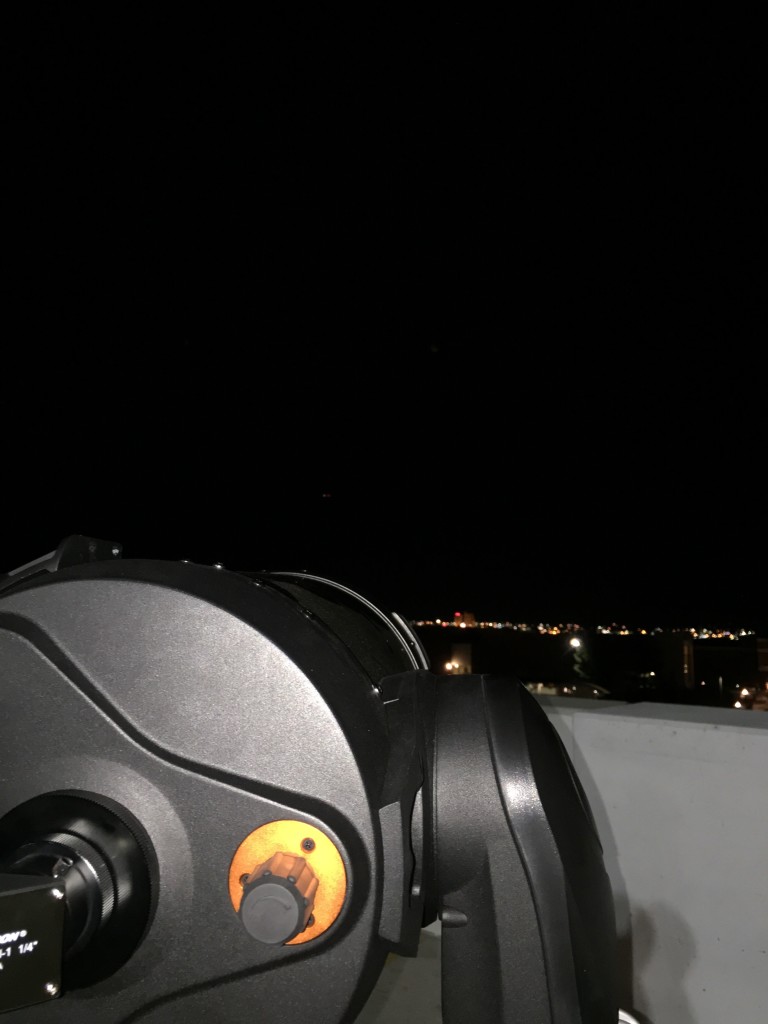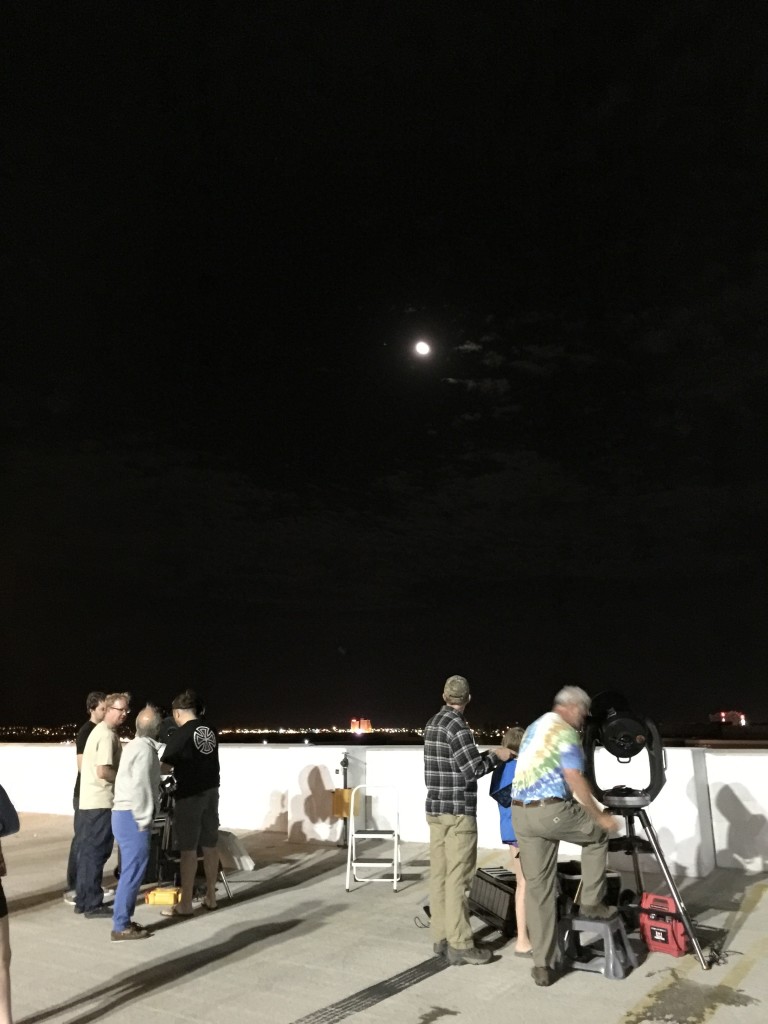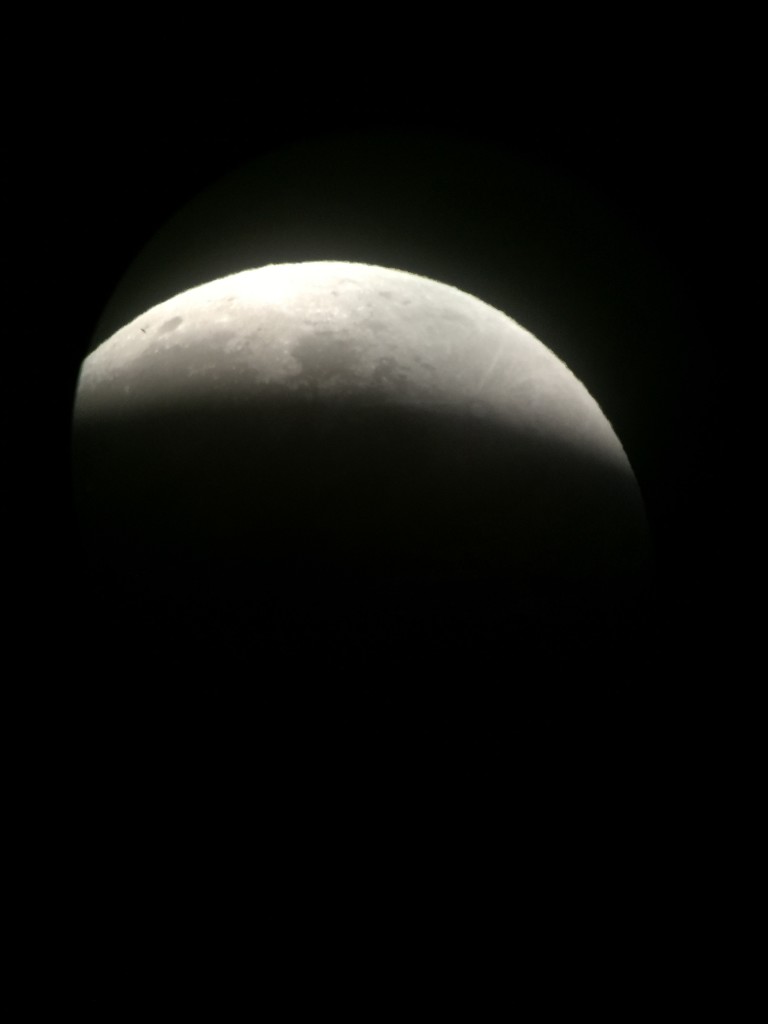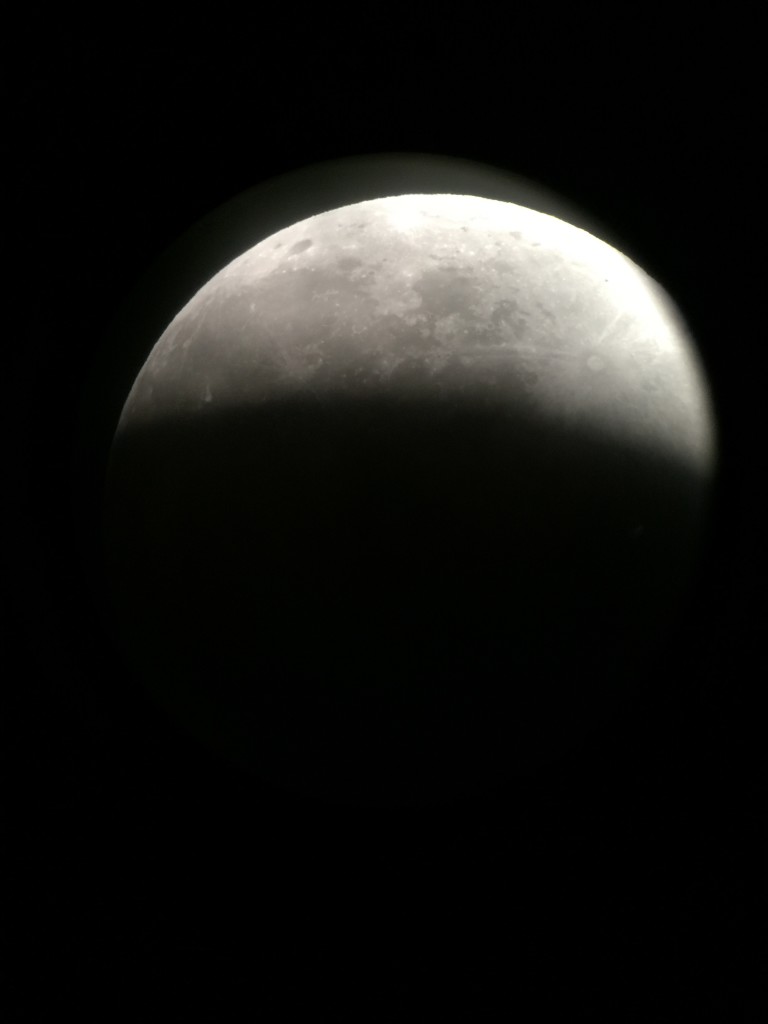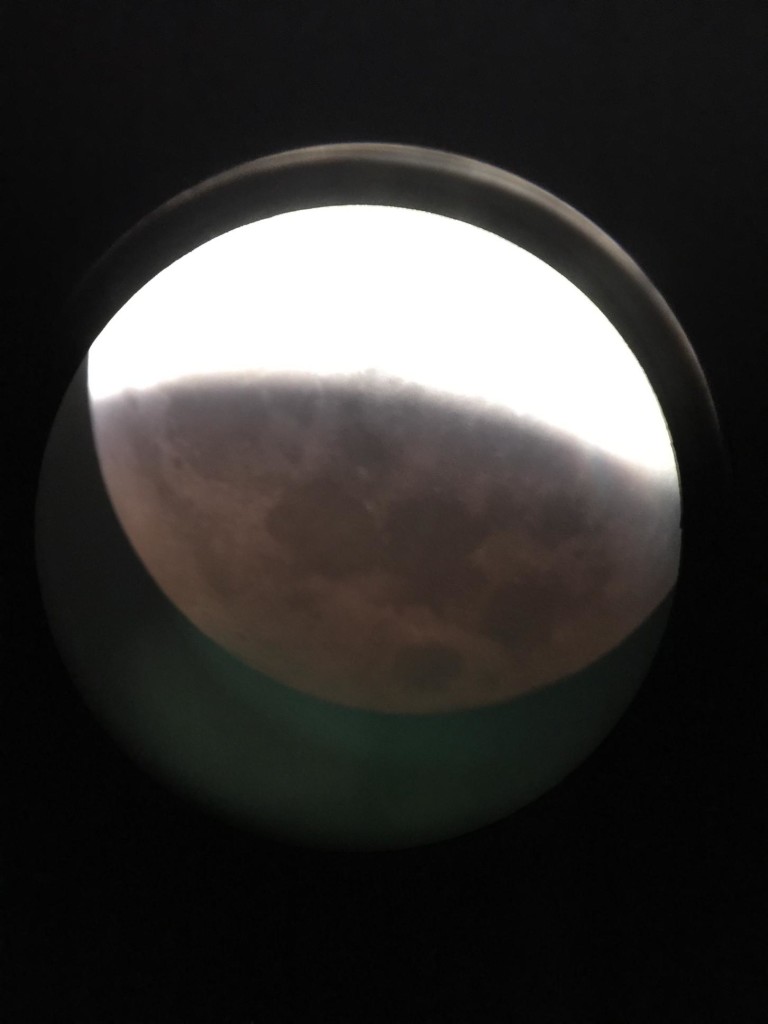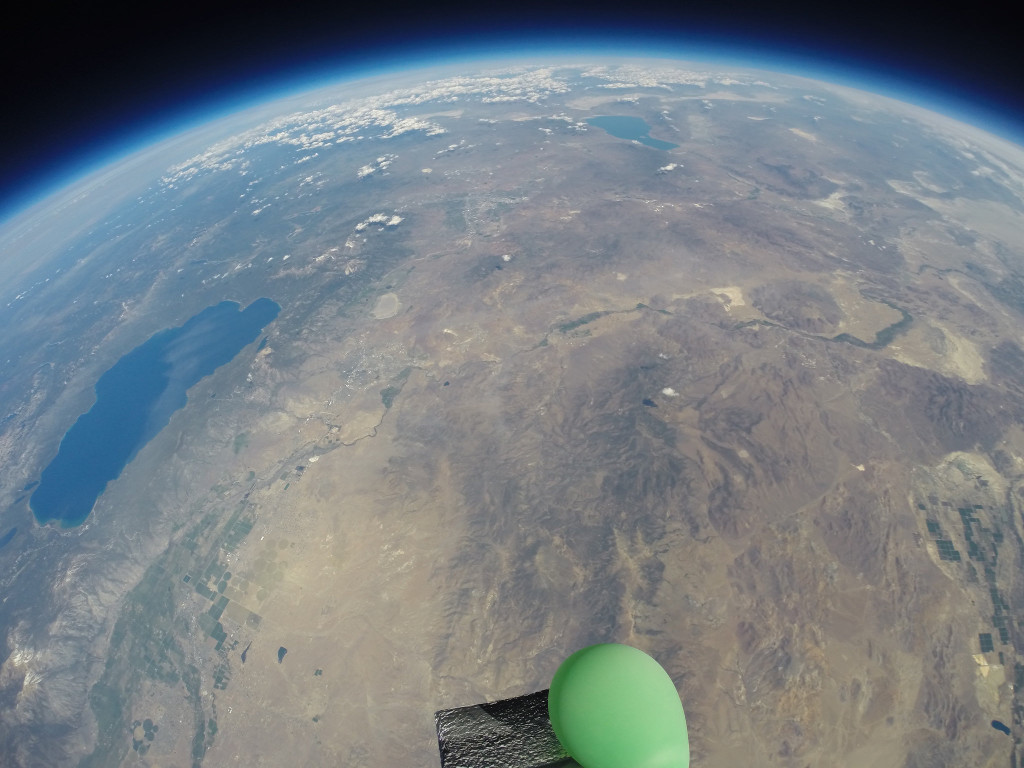One of the major downsides of 15 years of NCLB and RTTT has been the silo-ing and narrowing out of subjects, especially in elementary schools, and brutally so in the most “at risk” schools. Beside students missing out on the most engaging subjects, after 15 years of NCLB and RTTT, the basic and support materials for subjects like science, and therefore STEM, have either long since been thrown out, or are painfully out of date.
Throw in the Next Generation Science Standards that have been adopted by my state that (thankfully) are performance based standards … standards that cannot in any way be met by reading about them and answering questions or taking a multiple choice test (YES!!!) … standards that require students TO DO science and engineering and then be assessed via being able to model or in other ways demonstrate their learning. Even the state assessments are being designed (supposedly, hopefully) so students have to model and demonstrate learning instead of bubbling answers.
I remember only too well during my 30+ years as a classroom teacher the frustration in receiving professional development (PD) in language arts, math, science, art and pretty much every other subject, and being supplied the necessary materials for myself during the training, only to be told at the end of the day that, “We don’t have the supplies you need to take back to your students, but maybe you can talk your principal or PTA into funding the materials you need to do these great activities in your own school and classroom. Good luck!!”
With that in mind we work hard to write grants to fund not just the PD we deliver in STEM, but also to provide ALL the needed supplies and materials to implement the lessons and activities in the classroom. Teachers consistently give us feedback on how much that means to them and how much more successful they are at providing quality learning experiences for their students when they are not spending valuable time begging and rummaging for resources.
Unfortunately we are not always successful, we are too often told that the grant would have supported the PD, but monies have already been allocated to schools for books and materials and they have to provide that themselves (did I mention my state is too close to 50th every year in supporting education with resources?) so we are not funding your grant at all, or only the part involved in delivering the PD.
Fortunately, we have from time to time been successful at receiving grants that fund the PD AND required supplies. Recently we received just such a grant (but got turned down for an even bigger one for the very reason stated above).
Another issue that diminishes the impact of PD is when it is not grade level specific. Certainly not all PD has to be grade level specific, but what we have found over the years, is that especially in subjects like science and STEM (and art, PE and others too to varying degrees) that teachers have so little content knowledge and experience in teaching them (again thanks NCLB/RTTT) that they struggle taking PD in those subjects back to the classroom successfully if the examples and lessons demonstrated and experienced are not mostly specific to their grade.
The good news is the grant we received this fall, and we started delivering PD for this week, is both grade level specific AND supplies the necessary materials AND includes several follow-up day long trainings during the year. It doesn’t get much better than that. 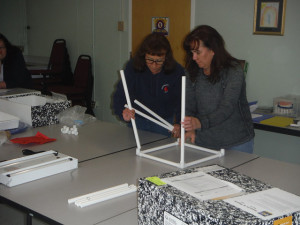 We started with 2nd grade teachers on Monday teaching them about the materials they were receiving to use with their students and what to do with them … but at the end of the day we walked them into our warehouse and they picked up boxes and plastic containers of materials and a literacy component and links to a support wiki page and Flickr photo site we will build during their trainings and year long classroom experiences … the smiles were wide.
We started with 2nd grade teachers on Monday teaching them about the materials they were receiving to use with their students and what to do with them … but at the end of the day we walked them into our warehouse and they picked up boxes and plastic containers of materials and a literacy component and links to a support wiki page and Flickr photo site we will build during their trainings and year long classroom experiences … the smiles were wide. 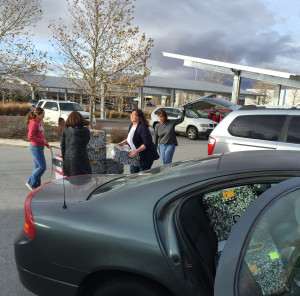
And then, get this, they get the consumable supplies that they use up replenished each year by us … they don’t have to take the time or expense to do that … just focus on the lessons and the learning.
This is the PD teachers need. It’s a model we’ve found to be successful, now we have to get the decision makers to buy in.
This scenario will repeat itself through 2 cohorts this year for every grade level K – 7 (hoping to go Pre-K – 12 next year (note that grant folks – teachers need the materials too!!!). And all teachers trained get access to all the materials for at least the next few years.
Learning is messy!

